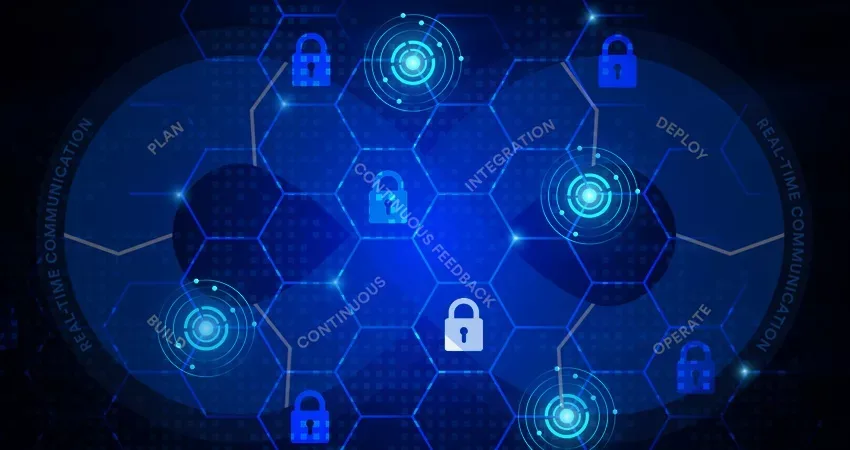DevSecOps is the integration of the security element into the Development, Operations, and Application Delivery for agile software development.
In the last few years, we have seen multiple types of data breaches all over the world irrespective of the firm’s size, each breach exceptional the last one.
Security is often treated as an ‘after the process’ necessity. This leaves the ongoing operations defenseless to malicious attacks.
DevSecOps is inputting defense walls against the risks, that continuous integration and continuous deployment (CI/CD*) introduce within the DevOps processes. Thereby, the performance of your DevOps will count on to the security level you consolidate in it.
Altogether, the DevSecOps model brings:
- A holistic approach to security
- Speedy evaluation
- Security-as-code
- Future risk-oriented case studies
- Bug bounties
DevSecOps Best Practices
The Collaboration of Teams and Training
Since the crux of DevSecOps is to work in collaboration with different components for software development, multi-elemental teams working together are essential for its success.
The organization needs a cross-functional team for the correct implementation of DevSecOps while providing proper training to the newly hired staff with appropriate tools.
That way, they get a faster evaluation of the quality of the code, software, or application from a security perspective, thus reducing the implementation costs associated with these fixes.
Also, individuals gain a proper understanding of the business process while utilizing processes and technologies properly.
Integration and Transparency
Implement the ‘secure by design’ principle by using automated security review of code, automation of security testing, and assisting developers by using secure patterns.
It also motivates a transparent culture from an early development stage.
Maintenance of collective security and software components such as third-party components, authorization protocols, and key & audit management is a must.
With every integration process, the impact of code changes on security must be clear.
A management system has to be used for monitoring all the changes throughout the source codes and tools while helping out in the CI/CD processes.
Every action and modification within the software needs to trigger an authentication testing phase to the Security team.
Testing and Managing Important Data and Information
Every single change in pipeline, repositories, and software should be tested/scanned while benefiting from the automated testing facility of OWASP Top 10, and it should provide JIT feedback to the development teams.
Application-level scanning and auditing are crucial in DevSecOps and helps the businesses in fully understanding their risks.
Most Suitable solutions to trace the risks are:
- Source Code Scanning
- Dynamic Application Scanning Tool (DAST)
- Binary Scanning
- Pre and Post Deployment Auditing
Proper Technology Usage
The processes done by the teams for DevSecOps implementation are made successful by using proper tools and technologies to manage security effectively.
These tools must be flexible enough to be integrated with different elements.
They should also help in identifying and addressing the risks in open-source software components, thus lowering the time duration it takes to resolute.
Also Read:
Learn about the Best DevSecOps Tools for Good Business Practices

